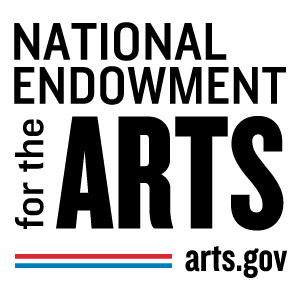This 50-State Comparison assesses the capacity of all 50 states and the District of Columbia to aggregate and report on arts education data already housed in statewide education data systems. It focuses on key arts education questions identified in "Using State Data Systems to Report Information on Arts Education."
Click on a metric below to see how all states approach the metric.
- Do states publish or maintain a standard list of arts courses?
- Do states collect or publish data on student enrollments in arts courses?
- Do states collect or publish data on teachers (and their credentials) assigned to art courses?
- Arts education data collection and reporting summary
- All data points for all states
To view a specific state’s approach, go to the state profiles page.
Key Findings
- States are more likely to collect data on arts education than to report those data publicly.
- Most states (42) publish official lists, catalogues or course codes for arts courses.
- Thirteen states publish data on enrollments in arts courses. Another 31 appear to collect the data.
- Fifteen states publish data on the number of teachers assigned to arts courses, and all but three appear to collect the data.
- No states publish information on how many instructional hours schools devote to the arts, and two states appear to collect the data.
- Only one state — Montana — publishes any data on participation in arts activities out of school time, and only one other — Rhode Island — appears to collect such data.
- Almost every state publishes data on general school characteristics, such as enrollment numbers and student demographics.
 This 50-State Comparison is one in a suite of tools created by the State Data Infrastructure Project in the Arts — a partnership between the National Endowment for the Arts and Education Commission of the States — to build states’ capacity to extract, analyze and report on data about arts education. The project aims to empower policymakers, communities and families with the information they need to ensure that every American student has the opportunity to excel in and through the arts.
This 50-State Comparison is one in a suite of tools created by the State Data Infrastructure Project in the Arts — a partnership between the National Endowment for the Arts and Education Commission of the States — to build states’ capacity to extract, analyze and report on data about arts education. The project aims to empower policymakers, communities and families with the information they need to ensure that every American student has the opportunity to excel in and through the arts.
By indicating which data states collect and publish, this tool aims to inform state and national conversations about how to make more information about arts education publicly available. It provides links to public reports on state arts education data and features information on data that states probably collect but do not publish.
The project has already released Using State Data Systems to Report Information on Arts Education, a report identifying key arts metrics states can consider tracking. Other tools and resources to come from the project will include a toolkit to help policymakers and leaders collect, analyze and report on state arts education data; communications tools on how to make the case for better arts education information; and technical assistance to help states boost their capacity for collecting and reporting on arts education data.
Methodology
Education Commission of the States built on and updated the findings from an internal 2016 Rapid Feasibility and Planning Study Final Report, commissioned by the National Endowment for the Arts, to determine states’ capacity to publish information on arts education drawn from state education data systems. That study focused mainly on whether states collect arts education data. By contrast, this 50-State Comparison (1) determines which states publish analyses of those data; (2) offers links to the published analyses; (3) confirms and updates the Rapid Feasibility and Planning study’s findings by citing evidence that states collect relevant data on arts education; and (4) provides links to online resources supporting Education Commission of the States’ judgment.
To collect its data, Education Commission of the States reviewed state department of education websites in all 50 states and the District of Columbia. Education Commission of the States examined public data dashboards, data dictionaries, data collection handbooks, data polices and other documents that shed light on education data collected by states. In addition, Education Commission of the States reviewed relevant outside websites, such websites of state arts agencies and arts nonprofits, for reports or dashboards that feature information derived from state education data systems.
Related Resources
View enacted and vetoed legislation on data systems on our State Education Policy Tracking resource and various resources related to the arts on the arts issue page.


